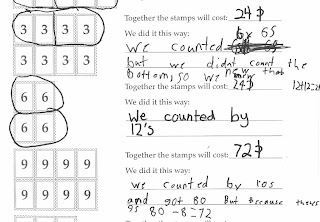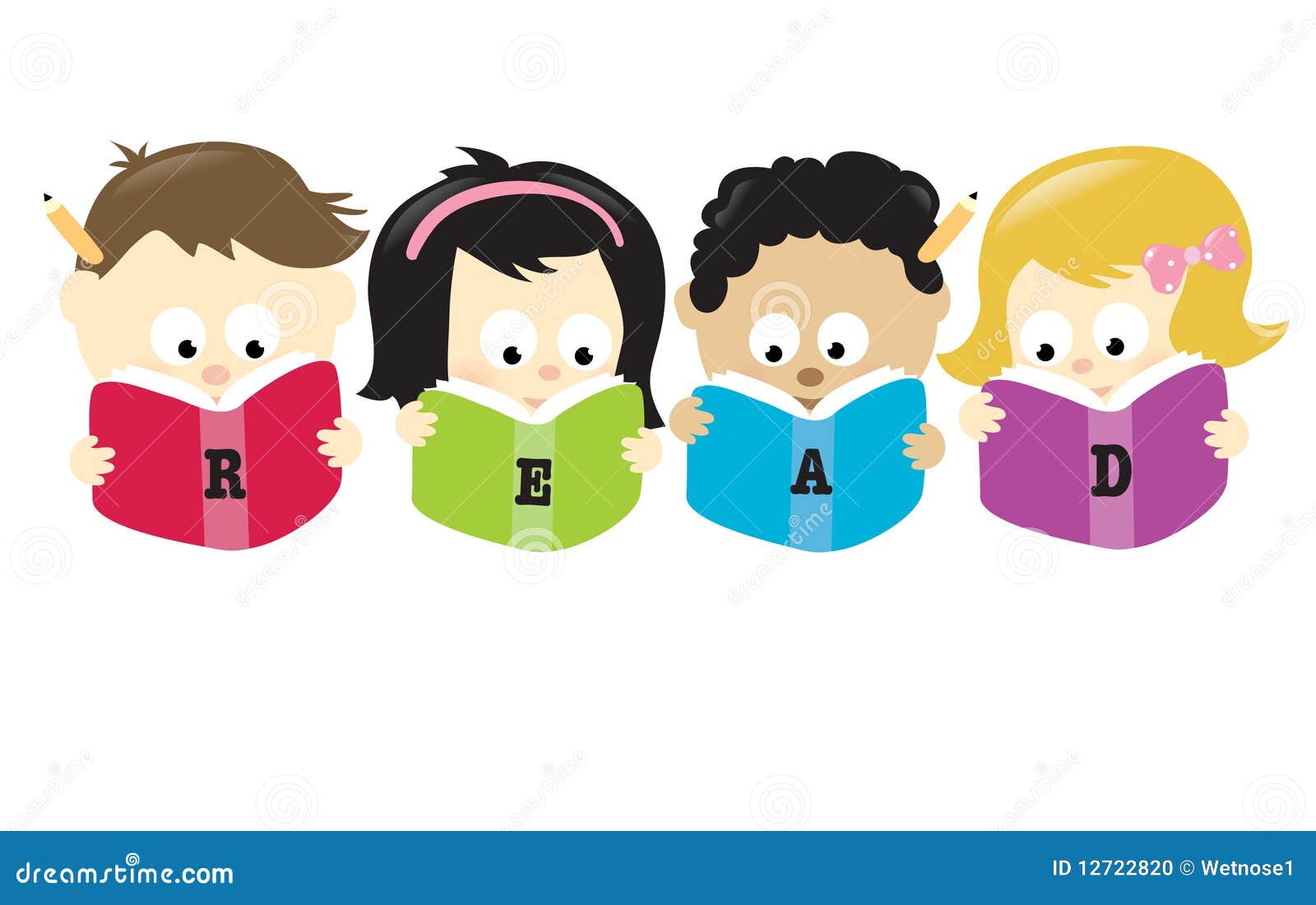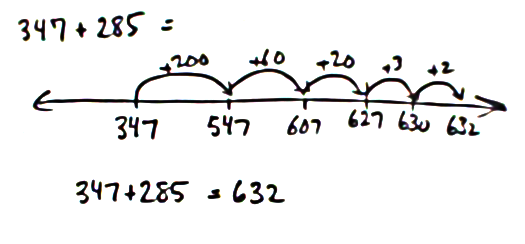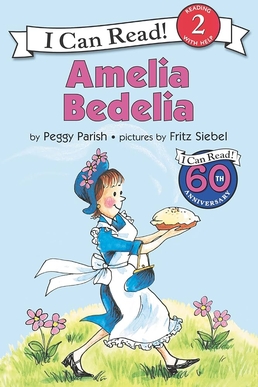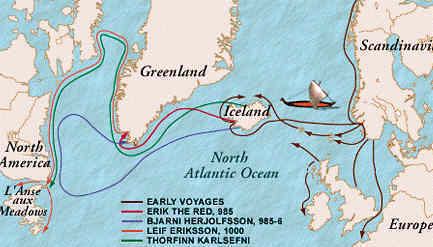November
Language Arts -
Students are starting a
new unit in language arts in which they will read nonfiction texts. Students are
learning meta-cognitive strategies to help them with reading comprehension. One
way to monitor their understanding of their reading is using fix-up
strategies.
Another concept being
introduced is to stop, think and react to what they have read. When a
reader reacts, they think about how they are feeling, make a connection or
ask a question about what they read.
Students have finished
writing their personal narratives from the previous language arts' unit. Here
are some samples of their stories.
Fun time on the Fireball
By Anusha

Do you know what it feels like when you ride a huge roller
coaster ? It was really scary and fun. “Wahoo!” I said jumping up and down. My
family and I were going to Six Flags Amusement Park. I have been waiting so
long to go to Six Flags so I could ride the new roller coaster, The
Fireball.The T.V ads were really awesome and thrilling. When my family and I
got there I saw a lot of my friends and my sister’s friends. I wanted to go to
The Fireball right away. I asked my dad, “Can Akash and his dad come with us?
He said, “They can come if they want.” I was so excited. When we got there,
there was a long line. I didn’t care. I would do anything to go on that ride!
When it was our turn, I was really scared. When we got on one of the sections,
I buckled up really tight. As the ride started I closed my eyes clutching the
cold, hard bar. When we were upside down my dad said,”Open your eyes Anusha!” I
didn’t want to but I did. Guess what? It was really fun! I wanted to do it
again and again and so did Akash.That’s when I learned fun things happen to you
when you are brave.
The
Viola Performance
by
Nikhil

Have you ever performed
and played an instrument in front of complete strangers? Voooooooorm ! The car
started. I got in with my viola and books. I was nervous and excited at the
same time. It was the first time I had a performance. The place where the
recital was a half an hour drive but it felt like 2 hours. When we got
there I didn’t want to go in but I kept it to myself. When we got in the place
there was a table with lots of food. I saw the older kids setting up. I sat
down in a chair feeling worried. My parents said, “Are you ready?” I said,
“Yes.” But I didn’t really mean it. Then people started coming in. I was
pacing around thinking about all the possible things that could go wrong.
All of a sudden it was my turn. I ran to my parents and started crying a bit.
Then both my parents said, “Be brave!” I got my viola out of the case. I
started playing the first song. I was sweating like a rain storm on my face but
then I realized everybody was cheering. That gave me the confidence so then I
played feeling confident. By the time it was over I wanted to do it again. My
viola teacher said, “You did great!” but sadly I had to leave. The moral is
always have confidence.

In math students are
being introduced to multiplication through the context for learning lessons
called Grocery, Stamps, and Measuring Strips.
Students were presented
with the produce section of a grocery store whereby they were to calculate the
total of the items displayed in the grocery store.
Some students used
repeated addition, others applied skip counting and finally some utilized
multiplication strategies to figure out the total.
Then students were shown
groups of stamps and asked to find the totals of these.
Finally students had to
create their own arrays of stamps, assign a value for the stamps and calculate
the totals.
Students just finished
writing stories about their Native American Puppets. The stories included their
Native American name and the origins of their name. Students wrote about their character
traits and examples of these traits. Then students depicted their Native
American family. Last, students related the daily jobs that their
character performed as a child, mom, or dad in their family.
Students will now
transfer their learning of Native Americans to a nonfiction writing piece as
part of this unit.
UNTIL NEXT TIME....





